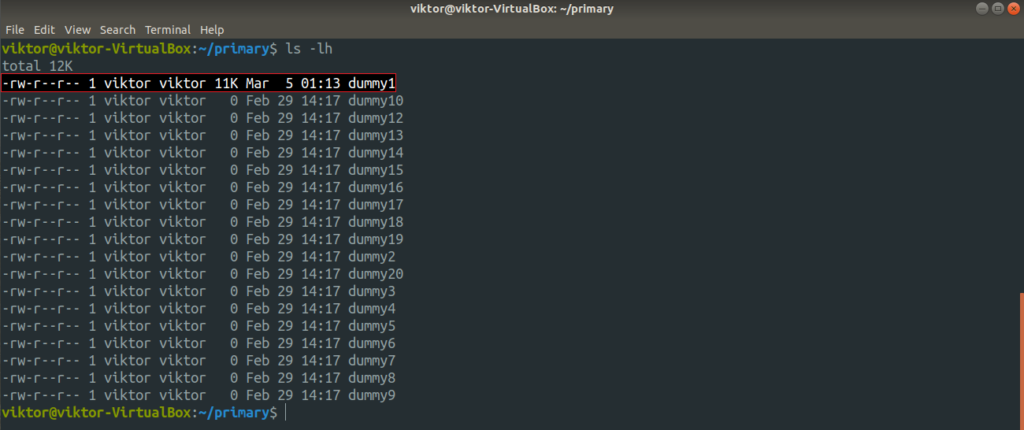



Send Files from Remote Origin to Local Destination If you do not include the trailing slash, it will copy the directory as well, with contents inside. The trailing slash is located at the end of a file path and indicates that the directory itself should not be copied over, only the contents. It is important to pay attention to the trailing slash when writing an rsync command. Be Aware of the Trailing Slash rsync -avhz /home/user/documents / / For example, -avh would invoke options -a, -v, and -h. If more than one option with a dash (-) is used, they may be consolidated into one bundle of options that has only one dash. Here are some things to remember when using rsync. Runs the verbose version of the command all of the processes that are run will be written out for the user to read Runs the quiet version of the command all of the processes that are run will be run in the background and will not be shown Shows the transfer progress as the command is being run Produce easily readable output, not just numbers Replace fileType with the actual file type that should be excluded
#Grsync exclude directory trial
Runs a trial run of the command does not make any actual changesĭelete any extraneous files from the destination directoryĮxclude all of a specific file type. Here are a list of basic rsync options to get your started.Ĭopy files recursively and preserve ownership of files when files are copied The origin and destination format may vary based on whether they are a remote or local machine. You can see a list of options on the Options Summary of the Samba Rsync documentation page. rsync Įach rsync command should begin with rsync. The typical rsync format isn’t very intimidating when you break it down. While it may look and sound difficult, rsync can be very useful and accomplish things that less intimidating interfaces may not be able to. When used with cron, rsync is also able to take automatic backups. In fact, it’s better to use rsync for moving large batches of files than scp. Rsync is great for complex file syncs and for transferring a large number of files. So we recommend double-checking everything before you sync or using the –dry-run option. It should be noted, however, that rsync makes it very easy to accidentally overwrite your files. From deciding the type of shell that should be used to files that should be excluded in a transfer, rsync gives you the power to shape the transfer specifications. Rsync has many options that can help you define the connections you make. (Implicitly, don't skip anything, but the rule above prevents the default rule from ever happening.)įinally, the -prune-empty-directories keeps the first rule from making empty directories all over the place.Rsync is a Linux-based tool that can be used to sync files between remote and local servers.rsync -zarv -prune-empty-dirs -include "*/" -include="*.sh" -exclude="*" "$from" "$to" The algorithm quits once any pattern matchesĪlso, something ending with a slash is matching directories (like find -type d would).Not matching any pattern means a file will be copied!.Here's the important part from the man page:Īs the list of files/directories to transfer is built, rsync checks each name to be transferred against the list of include/exclude patterns in turn, and the first matching pattern is acted on: if it is an exclude pattern, then that file is skipped if it is an include pattern then that filename is not skipped if no matching pattern is found, then the filename is not skipped.


 0 kommentar(er)
0 kommentar(er)
